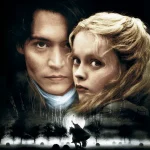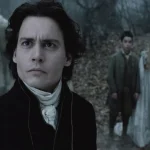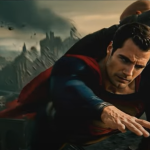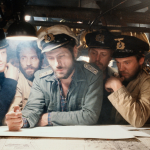The Lord of the Rings Trilogy (2001-2003)
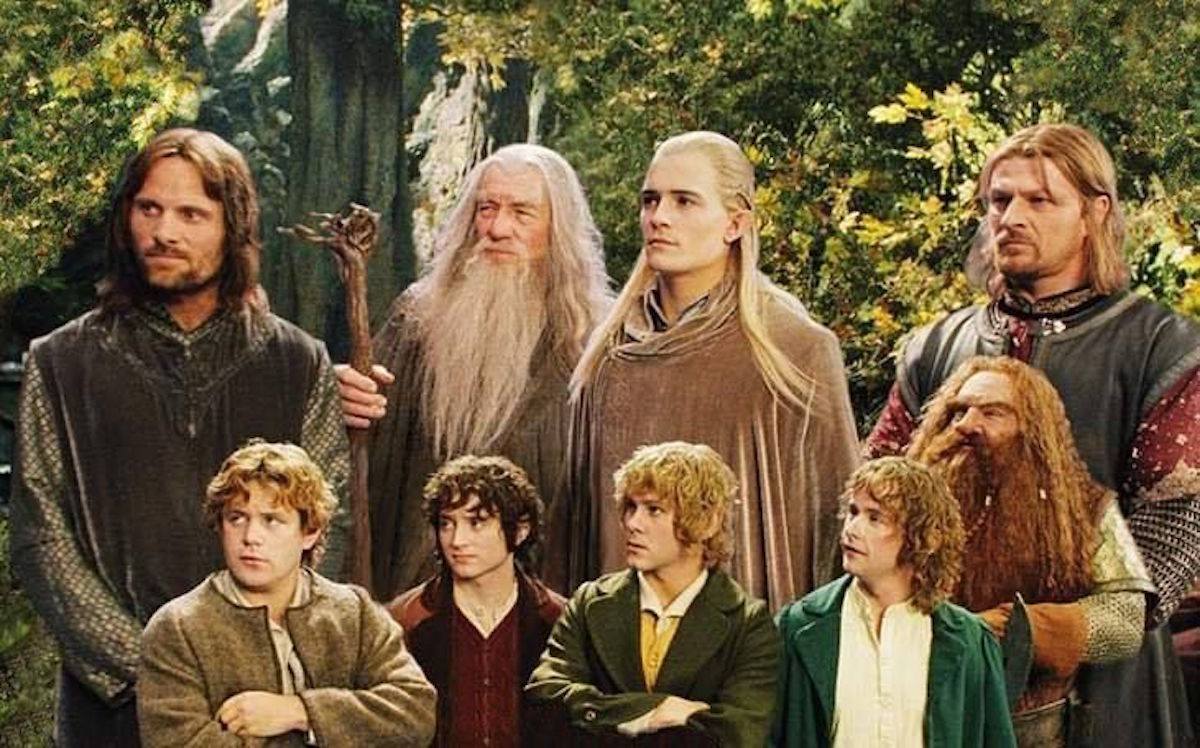
The “Lord of the Rings” trilogy, directed by Peter Jackson and released between 2001 and 2003, stands as a monumental achievement in cinematic history, blending epic storytelling, groundbreaking visual effects, and profound thematic depth. Based on J.R.R. Tolkien’s beloved fantasy novels, the trilogy comprises “The Fellowship of the Ring” (2001), “The Two Towers” (2002), and “The Return of the King” (2003). Together, these films form a cohesive narrative that transports audiences into the richly detailed world of Middle-earth and explores timeless themes of heroism, friendship, sacrifice, and the struggle between good and evil.
The narrative of the “Lord of the Rings” trilogy unfolds against the backdrop of Middle-earth, a fantastical realm populated by diverse races such as Hobbits, Elves, Dwarves, Men, and the malevolent forces of Sauron, the Dark Lord. At the heart of the story is the journey of Frodo Baggins (played by Elijah Wood), a Hobbit tasked with destroying the One Ring, a powerful artifact that holds the key to Sauron’s dominion over Middle-earth.

Central to the trilogy’s plot is the formation of the Fellowship of the Ring, a diverse group of companions assembled to aid Frodo in his quest. Led by the wise wizard Gandalf the Grey (played by Ian McKellen), the Fellowship includes Aragorn (played by Viggo Mortensen), Legolas (played by Orlando Bloom), Gimli (played by John Rhys-Davies), Boromir (played by Sean Bean), and Frodo’s loyal friend Samwise Gamgee (played by Sean Astin).
Thematically, the “Lord of the Rings” trilogy explores the nature of power, the allure of corruption, and the moral choices that define individuals and shape their destinies. It delves into the complexities of friendship and loyalty amidst the perils of war, as well as the enduring struggle between light and darkness in a world on the brink of cataclysmic change.
Visually, the trilogy captivates audiences with its sweeping landscapes, majestic cities, and awe-inspiring creatures brought to life through innovative special effects and meticulous attention to detail. From the idyllic Shire to the ancient forests of Lothlórien and the foreboding volcanic landscapes of Mordor, each setting contributes to the immersive experience of Middle-earth’s vast and diverse landscapes.
The films’ score, composed by Howard Shore, enhances the emotional resonance of key moments and underscores the epic scope of the narrative. From the haunting melodies of the Shire theme to the stirring battle anthems and poignant character motifs, Shore’s music evokes a range of emotions and reinforces the trilogy’s thematic depth.

The ensemble cast delivers standout performances that breathe life into Tolkien’s beloved characters, from Ian McKellen’s authoritative portrayal of Gandalf to Viggo Mortensen’s noble and conflicted Aragorn, and Elijah Wood’s nuanced depiction of Frodo’s burden and internal struggles. The chemistry among the cast members adds layers of authenticity to their relationships and enhances the emotional impact of their individual journeys.
Critically acclaimed for its groundbreaking achievements in filmmaking and storytelling, the “Lord of the Rings” trilogy garnered numerous accolades, including multiple Academy Awards for Best Picture, Best Director, and Best Adapted Screenplay for “The Return of the King.” Beyond its critical acclaim, the trilogy has left an enduring legacy on popular culture, inspiring generations of fans and influencing subsequent works in the fantasy genre.
In conclusion, the “Lord of the Rings” trilogy is a triumph of cinematic storytelling that transcends its fantasy origins to explore profound themes of courage, sacrifice, and the indomitable spirit of humanity. Through its epic scope, richly developed characters, and visionary direction, Peter Jackson’s adaptation remains a timeless masterpiece that continues to captivate and inspire audiences worldwide, reaffirming its place as a monumental achievement in the annals of filmmaking.
